 Abraham Lincoln
If given the truth, the people can be depended upon to meet any national crisis...
Abraham Lincoln
If given the truth, the people can be depended upon to meet any national crisis...
 Guildford news...
for Guildford people, brought to you by Guildford reporters - Guildford's own news service
Guildford news...
for Guildford people, brought to you by Guildford reporters - Guildford's own news service
Birdwatcher’s Diary No.150
Published on: 4 Dec, 2017
Updated on: 6 Dec, 2017
By Malcolm Fincham
As winter’s shadowy fingers began to caress the Surrey hillsides, brushing more leaves from its ‘broad leaves’, our overwintering birds began to struggle to escape my camera lens.
Our native oak trees still held fast, refusing to let go of foliage, although a few frosts toward the end of November were noticeably making them lose their stubborn grip.
My first notable sighting and pictures were found among some holly trees on the outskirts of Guildford. And one of my many favourites too! A firecrest.
Often overlooked, or mistaken for the more common and similar sized goldcrest.
The firecrest was flitting back and forth in constant motion looking for insects, but giving itself away by its call. I eventually got some pictures showing its striking white supercilium.
Before winter had the opportunity to undress the leaves from the cherry tree I had been watching in my previous report, the redwings had already made short work stripping it of its berries.
On November 19, I got a call from my friend Dougal. Having overlooked his “pager” earlier that morning, he realised 10 whooper swans had come to visit Staines Reservoir.
Although seen in Britain from November to March, it was quite a rarity for some to turn up on the Surrey borders. Unfortunately, by the time we had got there, these welcomed and rare visitors had flown.
Unlike our resident mute swans, most of our whooper swans nest in Iceland and winter in northern Britain and East Anglia.
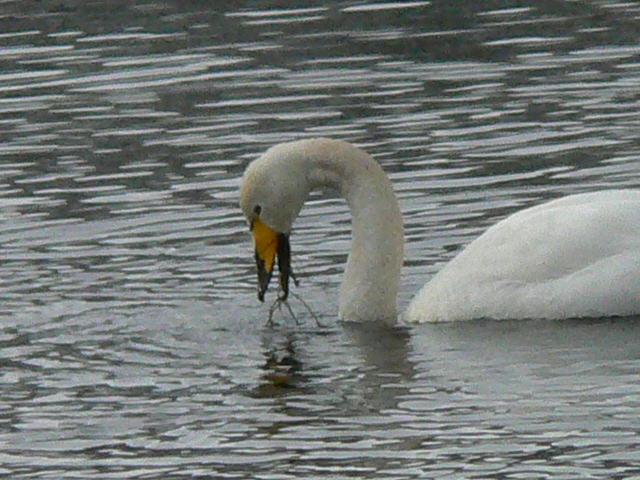
Whooper swans can be distinguished from Bewick swans by their larger size, and from our resident mute swans by their yellow bill colour.
Whooper swans have a deep honking call. Their name actually comes from the loud whooping sound they make. Despite their size, they are powerful fliers. Whooper swans can migrate thousands of miles to their wintering sites often flying in large ‘V’ formations and can fly at altitudes of 8,000 ft.
We also narrowly missed out on what had been reported as a shore lark that had been seen there earlier that day.
Although never top of my most scenic locations to visit, the vast expanse of water there is quite an attraction for both, birdwatchers and birds.
At this time of year holding plenty of wintering wildfowl.
Most of which are too distant to get reasonable photographs, although a consolation that day was a black-necked grebe.
A group of lapwings on the raft.
And even a winter visiting water pipit.
Something worth looking out for around the Surrey countryside at this time of the year are little egrets, especially in areas near water. From a distance, looking a bit like white plastic bags hanging in trees, now bare of their leaves,
And now that plastic bags are not freely available in supermarkets and not littering the landscape so much, there’s a good chance of one being a little egret.
A rather cold blast of northerly air made a return as November came to a close. Saturday the 25th gave me a chance to make an afternoon dash and a return visit to Staines Reservoir before the sun set. This time with Bob to see the shore lark that I missed out on the previous week.
It had by now been upgraded and re-identified as a horned lark, a North American subspecies. Although too distant to photograph, we successfully picked it out on the western bank of the north basin.
The following day the weak winter sun continued to shine as we took a stroll around Stoke Nature Reserve.
From near Stoke Lock, looking across the flooded scrape, we watched a raft of teal as they glistened on the water in the afternoon light.
A black-headed gull flew around over the river by the lock gates.
A productive afternoon of sightings and photos included two stonechats that had made the area surrounding the boardwalk their winter home.
We briefly heard the Cetti’s warbler that had been reported there on several occasions in the previous weeks. Captured and ringed by Steve, who is local and licensed and trained within the Surrey Bird Club for such a fine art.
Looking above the trees in the direction of the recycling depot a red kite circled.
Soon after and closer to view, were two common buzzards, flying low, just over the sallows at the far end of the boardwalk. One of which was closely pursued by a crow.
A treecreeper worked its way way up the tightly knitted, clumps of trees, systematically flying back down to the base of the next, looking for insects in the cracks of bark.
Walking the distance to Bowers Lock, we reconnected with the towpath. By the weir a pair of grey wagtails could be seen feeding.
Good numbers of long-tailed tits could be seen and heard along the way.
While near to Bowers Lock the barn owl could be picked out roosting in a tree across the field.
Returning along the boardwalk as the sun began to fade, a fieldfare flew down into the sallows by the pond. Preening itself as I watched, as it appeared to be settling in for the night.
Other birds of note, and seen regularly during the last weeks of the month included jays, still actively collecting and hiding acorns.
Being members of the intelligent corvid family, I wasn’t too surprised to see one “bad boy” individual that had “bucked” the trend and was feeding on the ground, from someone’s garden feeder that it had cleverly unhooked with its beak.
Siskins that are seen locally tend to spend much of their time feeding on seeds in tall alder trees. I was fortunate on a few occasions to capture a few sightings of several at eye level.
Mistle thrushes had become a regular sighting for me, especially in more rural locations around Guildford.
Although quite distant to view, I did also manage to get a few kingfishers as the month came to a close.
On Chinthurst Hill I also had the fortune to spot four roe deer together.
A common buzzard, perched up and preened itself in an oak tree.
And shortly after, a red kite flew low just over the tree line.
Adding to the large influx of hawfinches I wrote about in the previous report, was an irruption of another species. A large flock of parrot crossbills had arrived in Norfolk. Closer to home some had also been visiting Wishmoor Bottom on the Surrey/Berkshire borders.
Although disappointed I couldn’t make a trip there, due to work commitments, I was pleased for my friends Bob and Dougal (although a little gripped off myself, and that being a birdwatcher’s term). They visited the area on Monday, November 27, later sending me a few of the pictures they had taken.
Philosophical and optimistic by my own nature, I’m sure my chance will come before this winter is out.
[Editor: your 150th report – a ton and a half not out! Well done, superb regular reporting and photography. We know our readers appreciate your reports. Long may they continue!]
Responses to Birdwatcher’s Diary No.150
Leave a Comment Cancel replyPlease see our comments policy. All comments are moderated and may take time to appear.

"Found any?" - "Nope, it all looks green to me!" (See Opinion: The Future is Congested, the Future is Grey)
www.abbotshospital.org/news/">





Recent Articles
- Latest Evidence in Sara Sharif Trial
- Ash’s New Road Bridge Is Named – and November 23rd Is Opening Day
- Class A in Underwear Leads to Jail Sentence
- Historical Almshouse Charity Celebrates Guildford in Bloom Victory
- Notice: Shalford Renewable Showcase – November 16
- Firework Fiesta: Guildford Lions Club Announces Extra Attractions
- Come and Meet the Flower Fairies at Watts Gallery
- Updated: Royal Mail Public Counter in Woodbridge Meadows to Close, Says Staff Member
- Letter: New Developments Should Benefit Local People
- Open Letter to Jeremy Hunt, MP: Ash’s Healthcare Concerns


Recent Comments
- Paul Spooner on Ash’s New Road Bridge Is Named – and November 23rd Is Opening Day
- Harry Eve on Opinion: The Future is Congested, the Future is Grey
- Nigel Keane on Letter: New Developments Should Benefit Local People
- Nathan Cassidy on Updated: Royal Mail Public Counter in Woodbridge Meadows to Close, Says Staff Member
- T Saunders on Opinion: The Future is Congested, the Future is Grey
- Jim Allen on Updated: Royal Mail Public Counter in Woodbridge Meadows to Close, Says Staff Member
Search in Site
Media Gallery
Dragon Interview: Local Artist Leaves Her Mark At One of England’s Most Historic Buildings
January 21, 2023 / No Comment / Read MoreDragon Interview: Lib Dem Planning Chair: ‘Current Policy Doesn’t Work for Local People’
January 19, 2023 / No Comment / Read MoreA3 Tunnel in Guildford ‘Necessary’ for New Homes, Says Guildford’s MP
January 10, 2023 / No Comment / Read More‘Madness’ for London Road Scheme to Go Ahead Against ‘Huge Opposition’, Says SCC Leader
January 6, 2023 / No Comment / Read MoreCouncillor’s Son Starts Campaign for More Consultation on North Street Plan
December 30, 2022 / No Comment / Read MoreCounty Council Climbs Down Over London Road Works – Further ‘Engagement’ Period Announced
December 14, 2022 / No Comment / Read MoreDragon Interview: GBC Reaction to the Government’s Expected Decision to Relax Housing Targets
December 7, 2022 / No Comment / Read MoreHow Can Our Town Centre Businesses Recover? Watch the Shop Front Debate
May 18, 2020 / No Comment / Read More



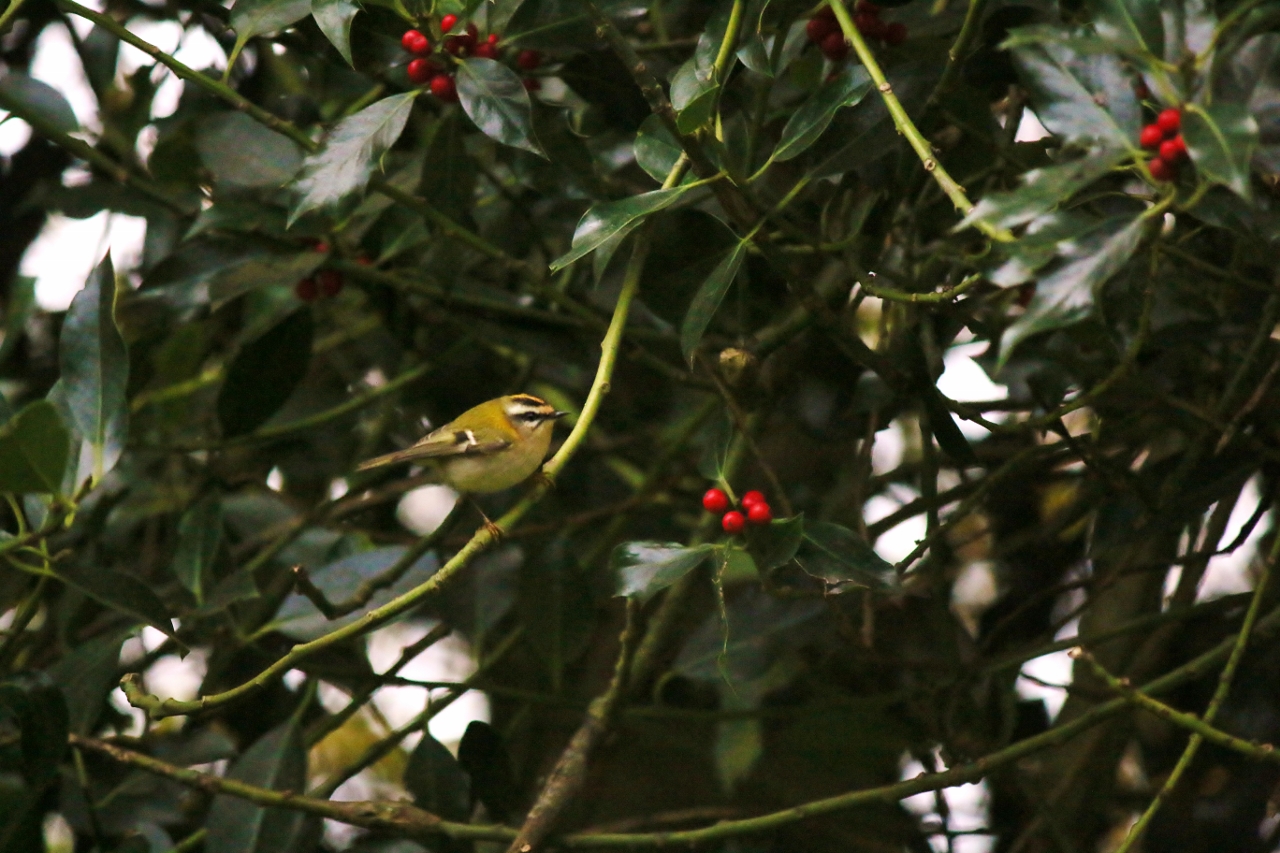


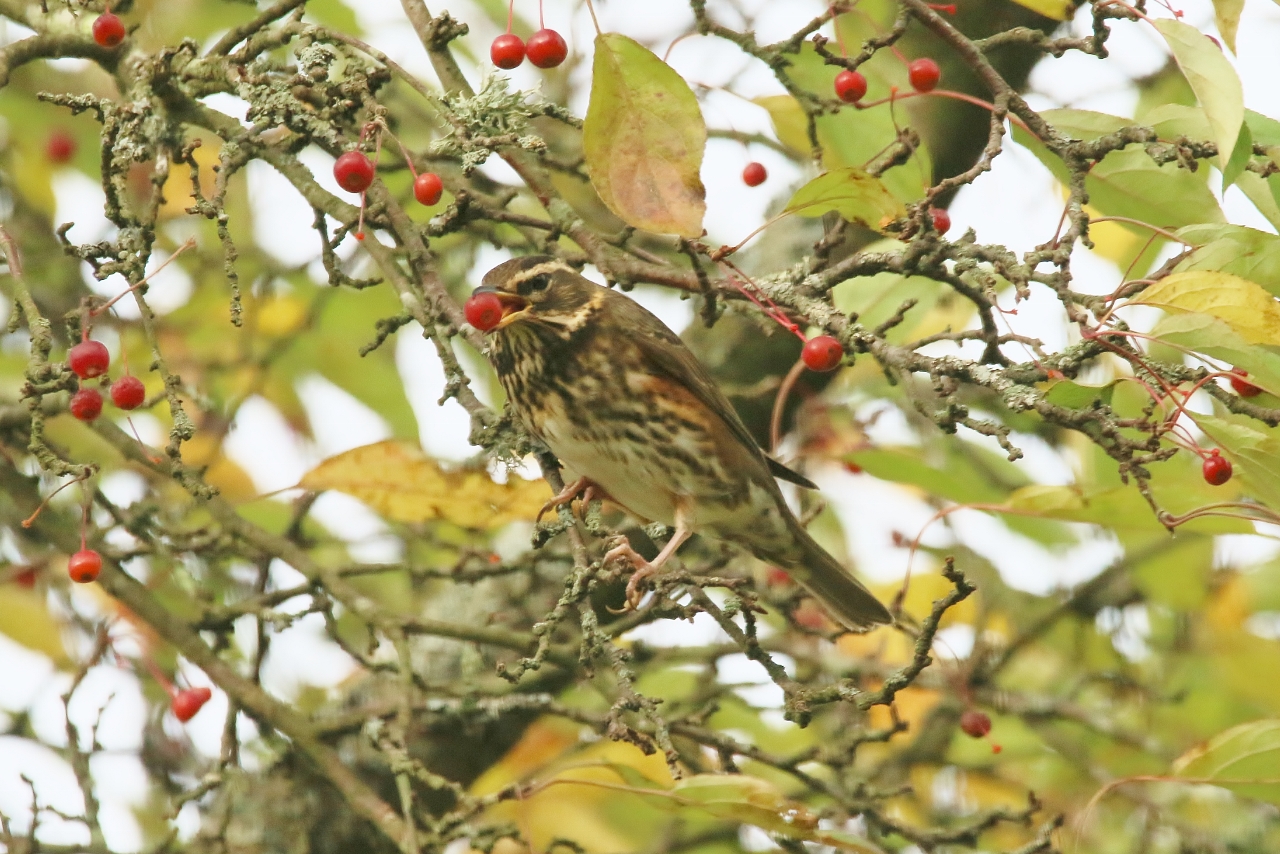
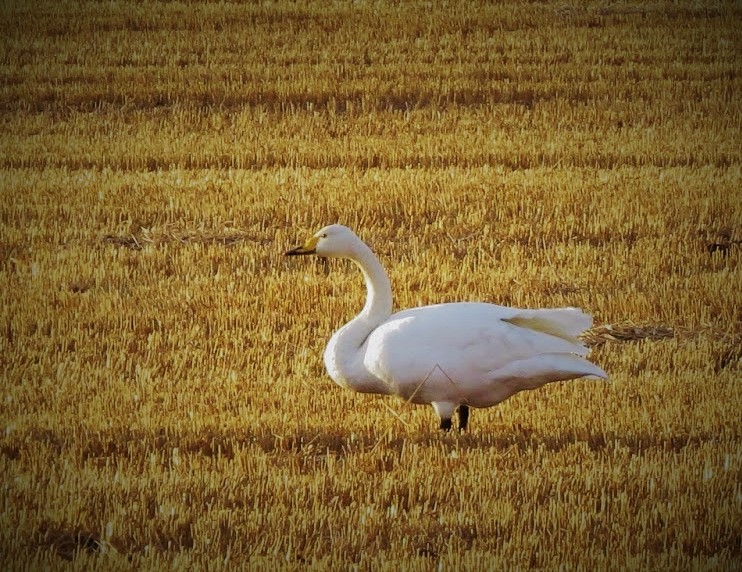
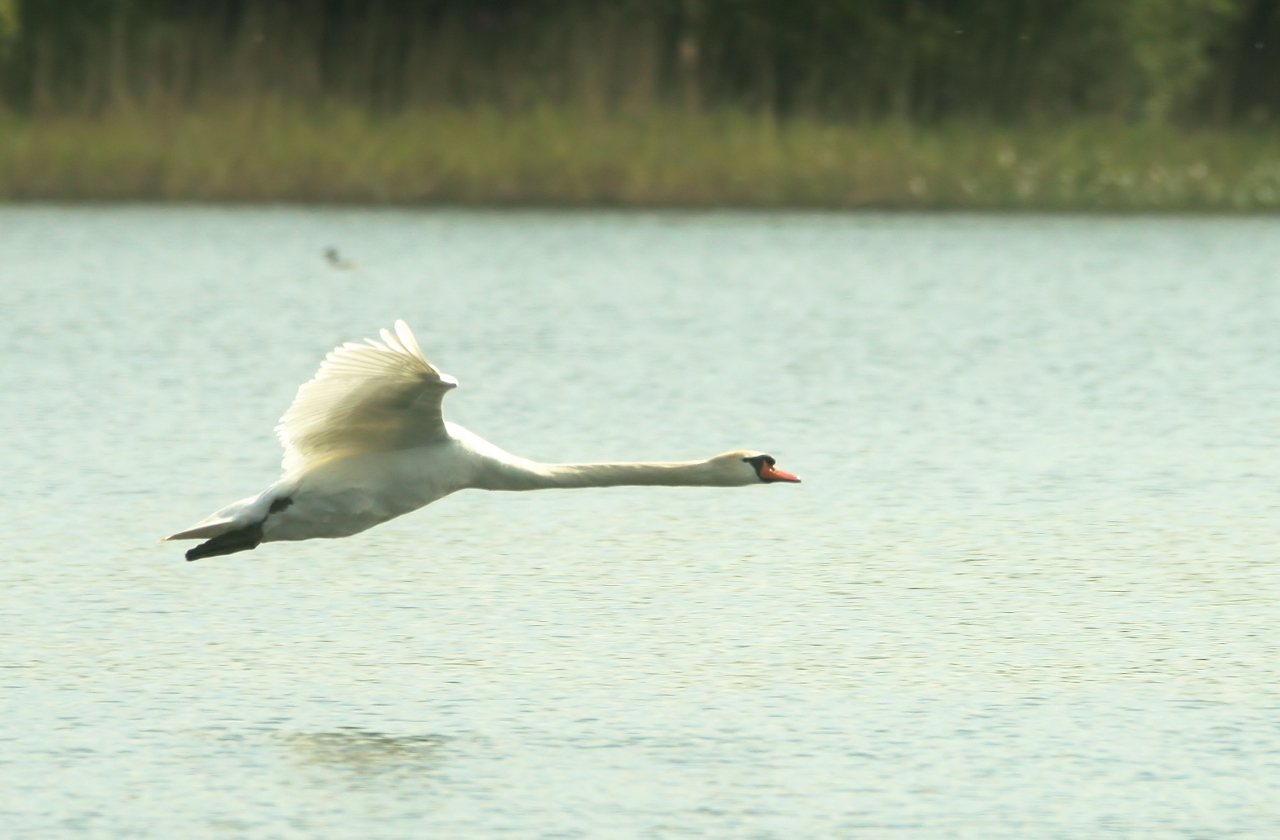

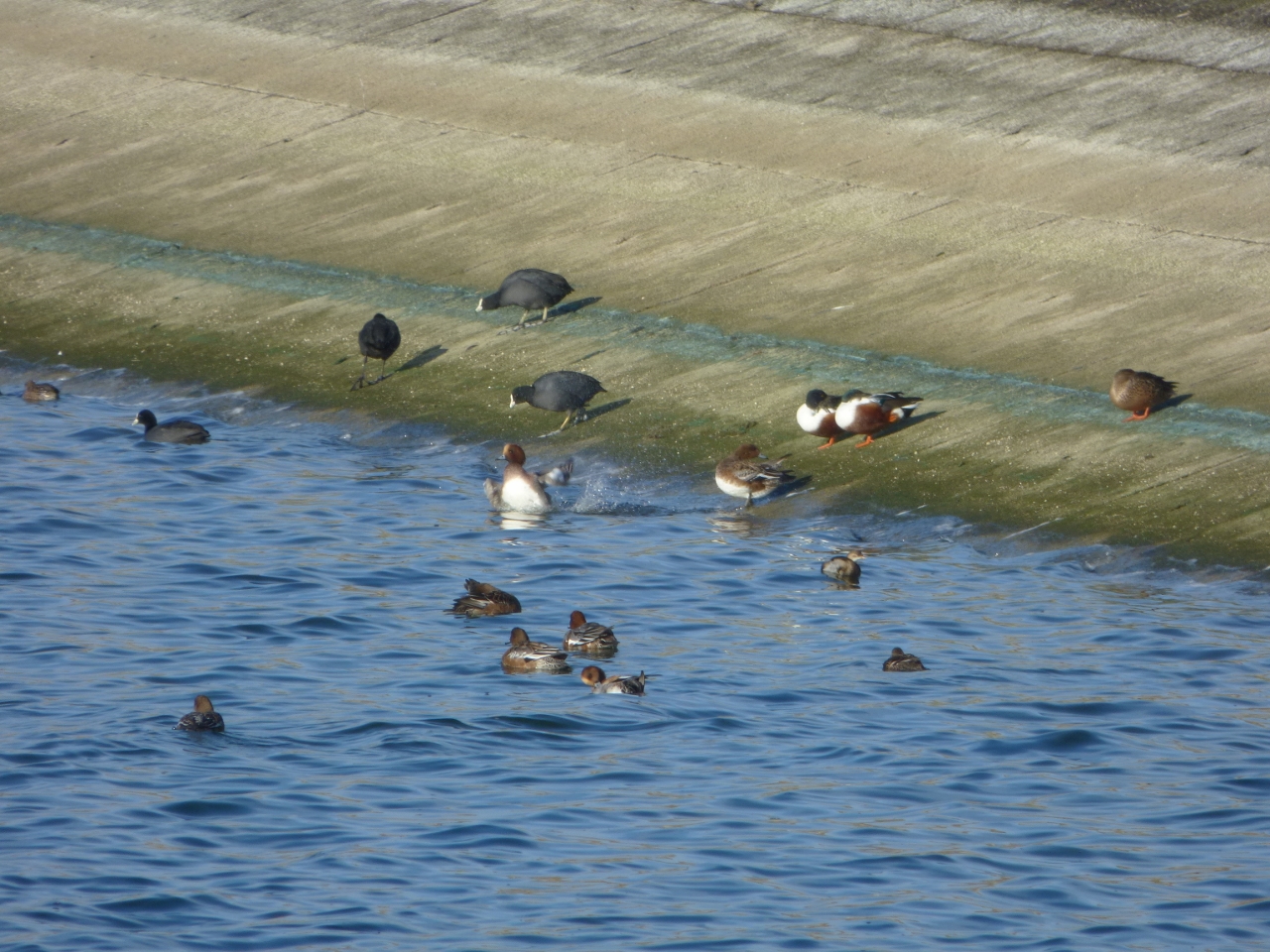


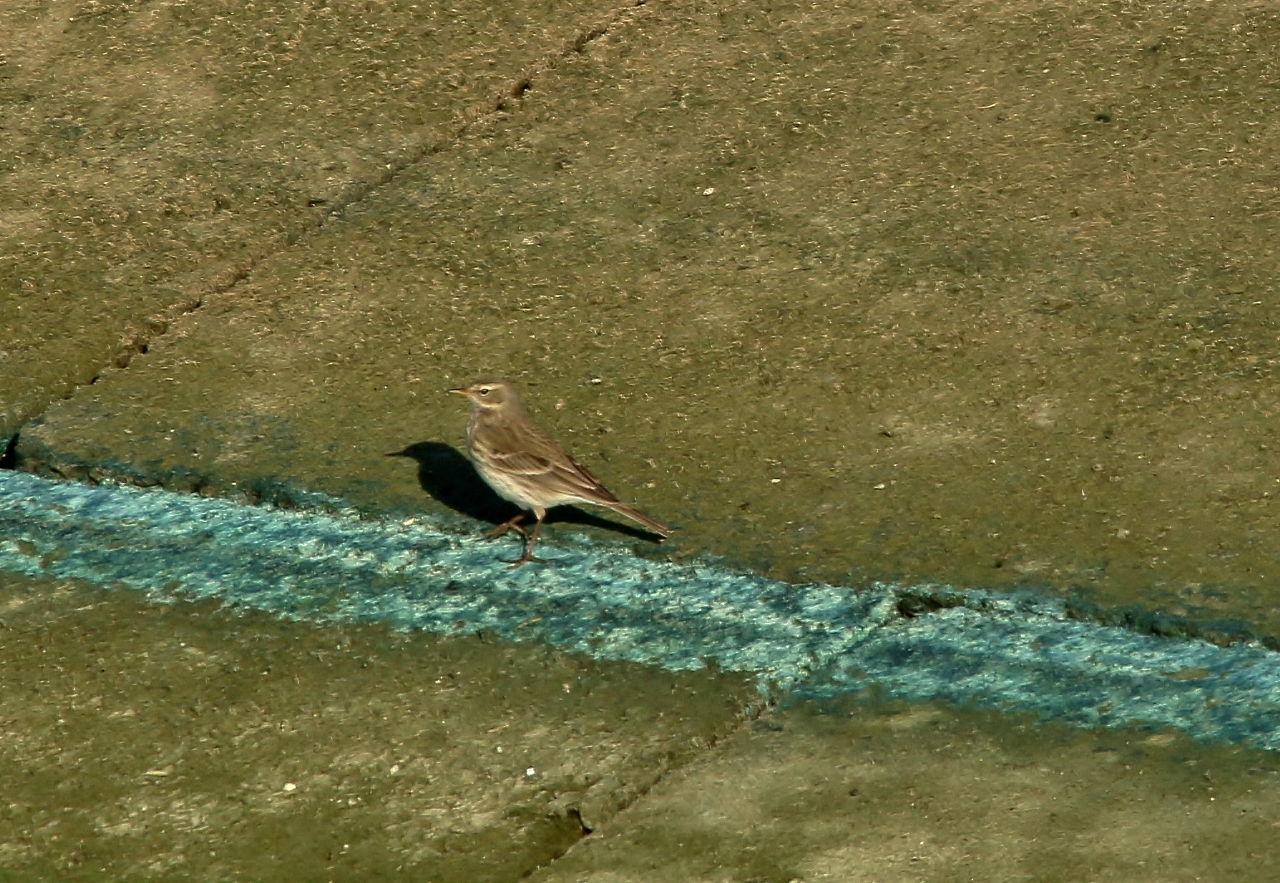
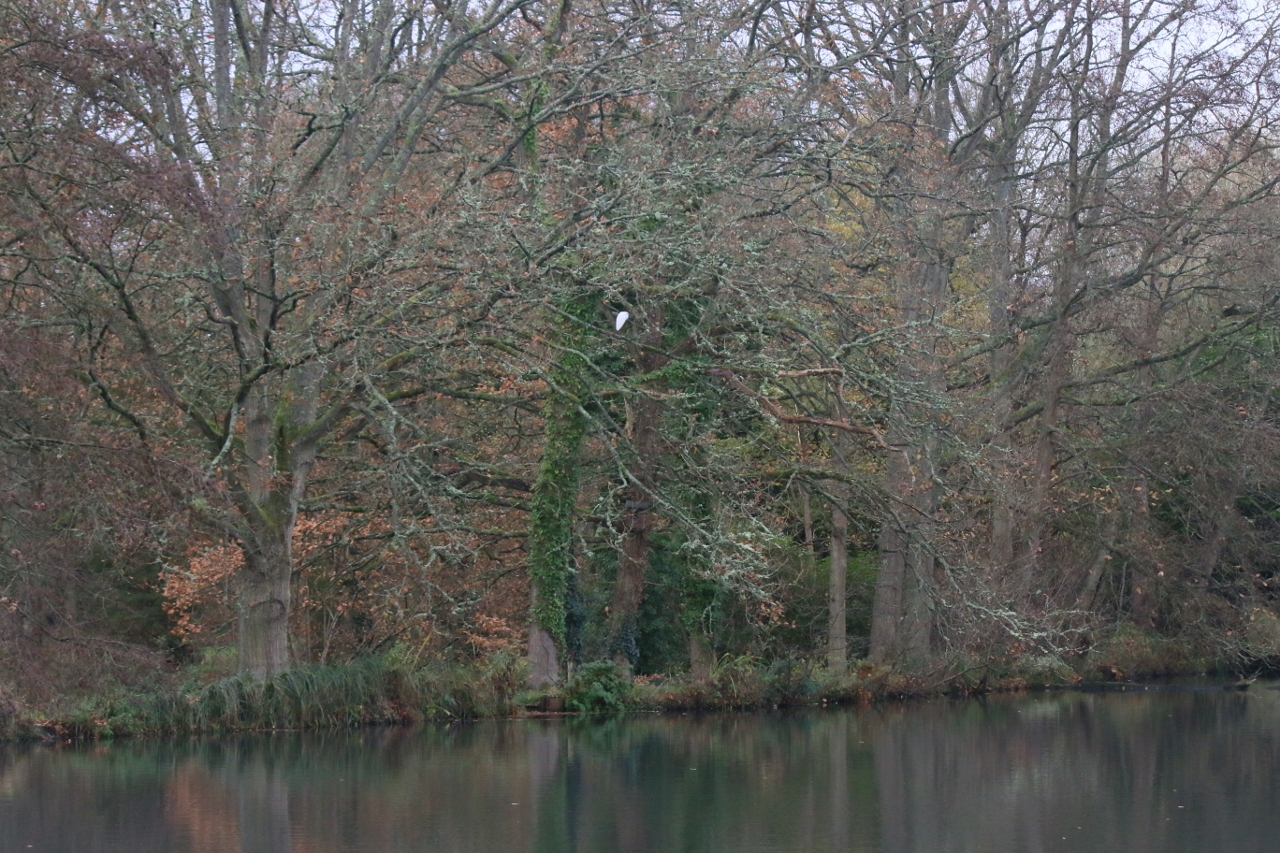
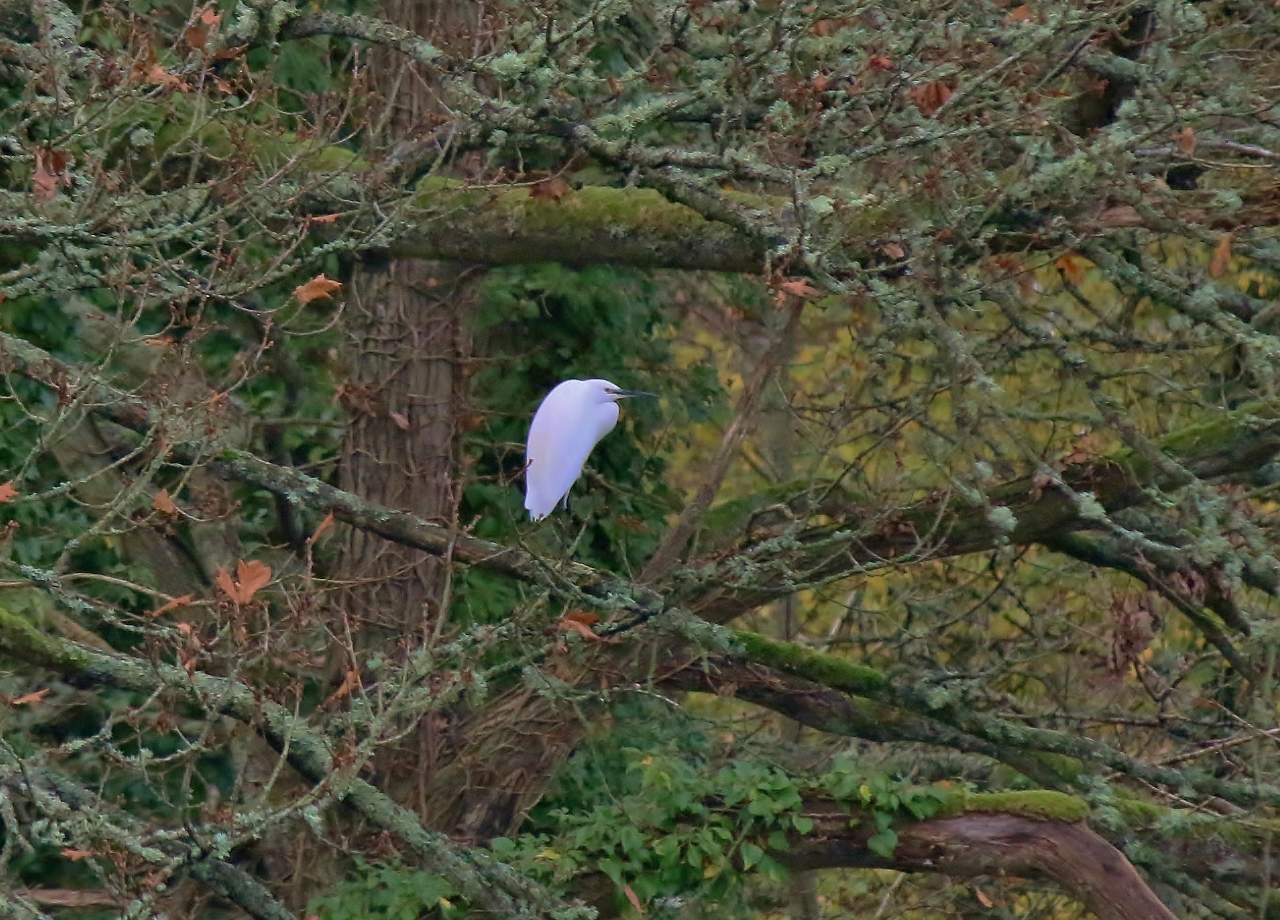
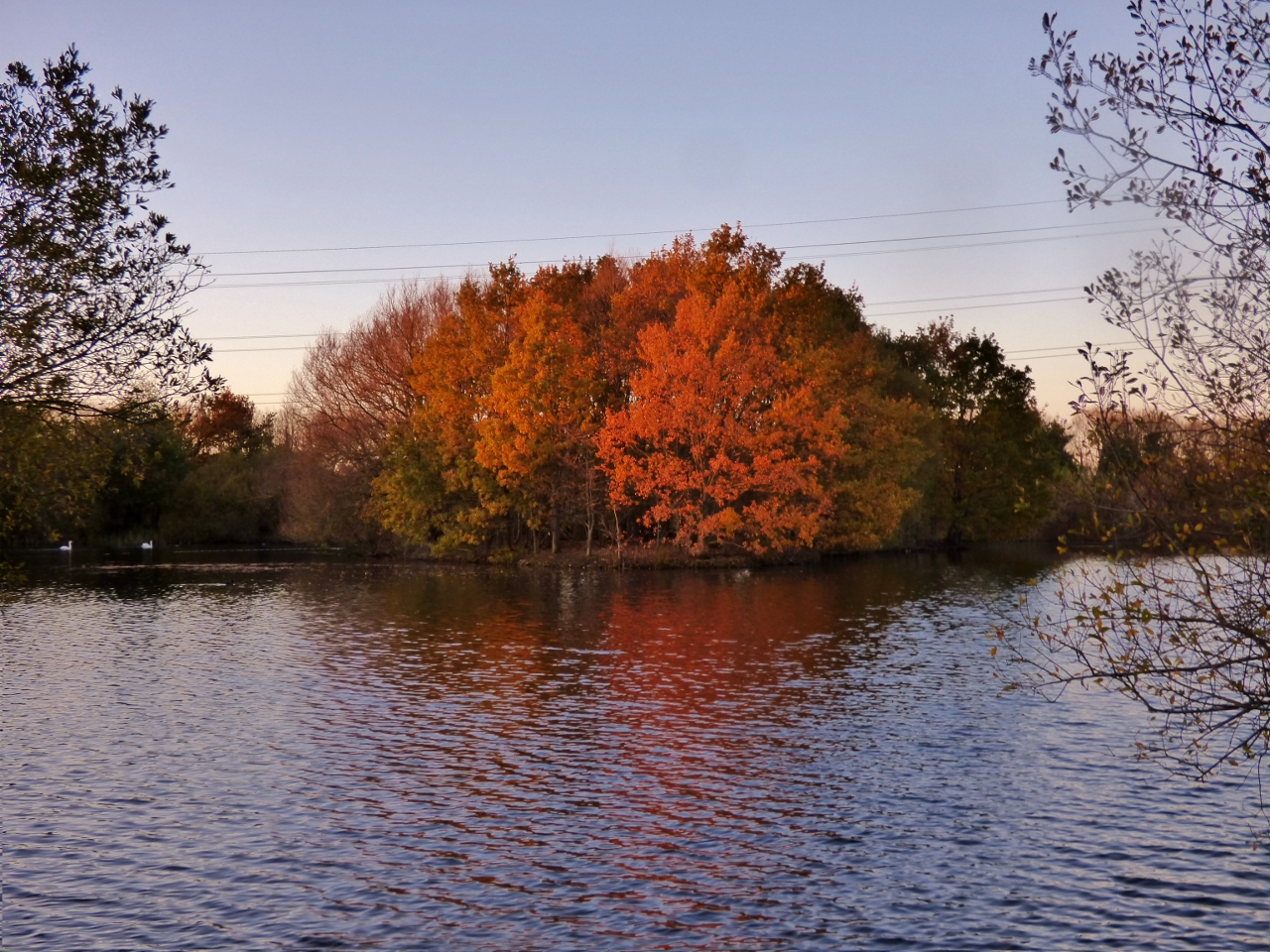



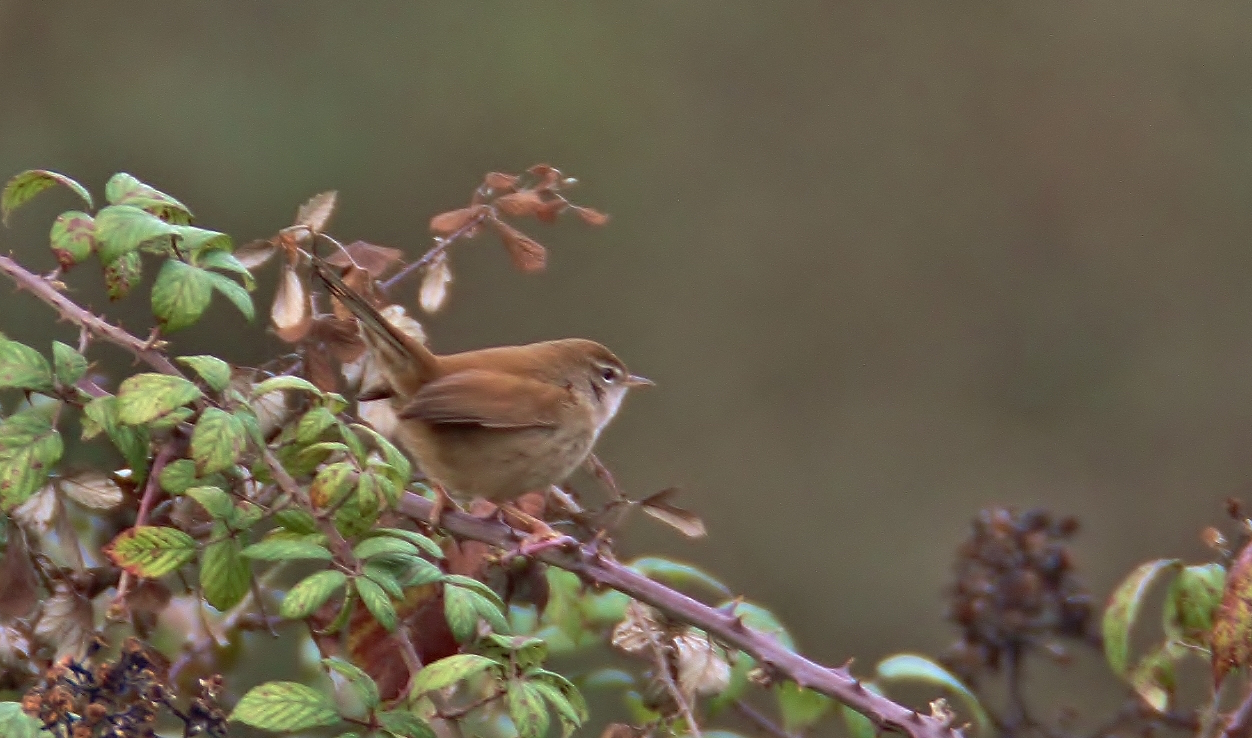
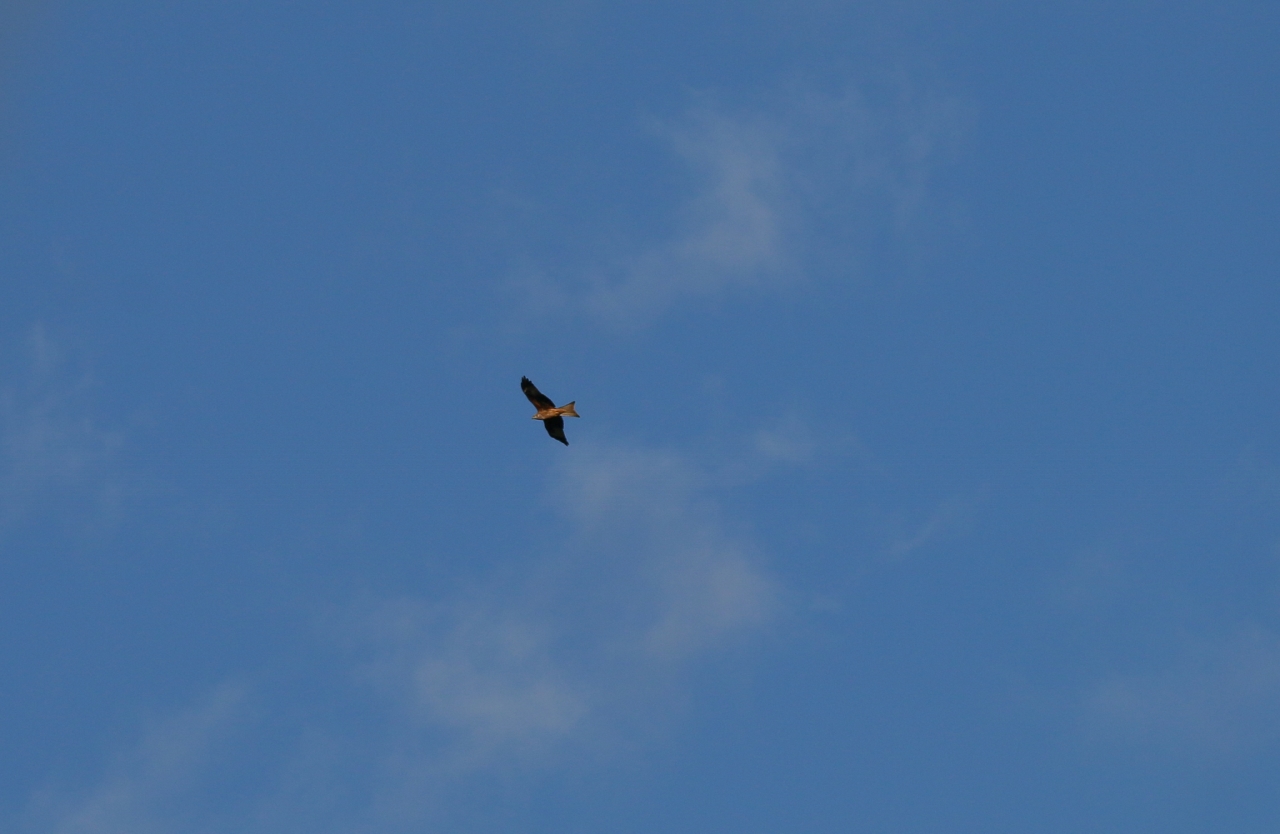
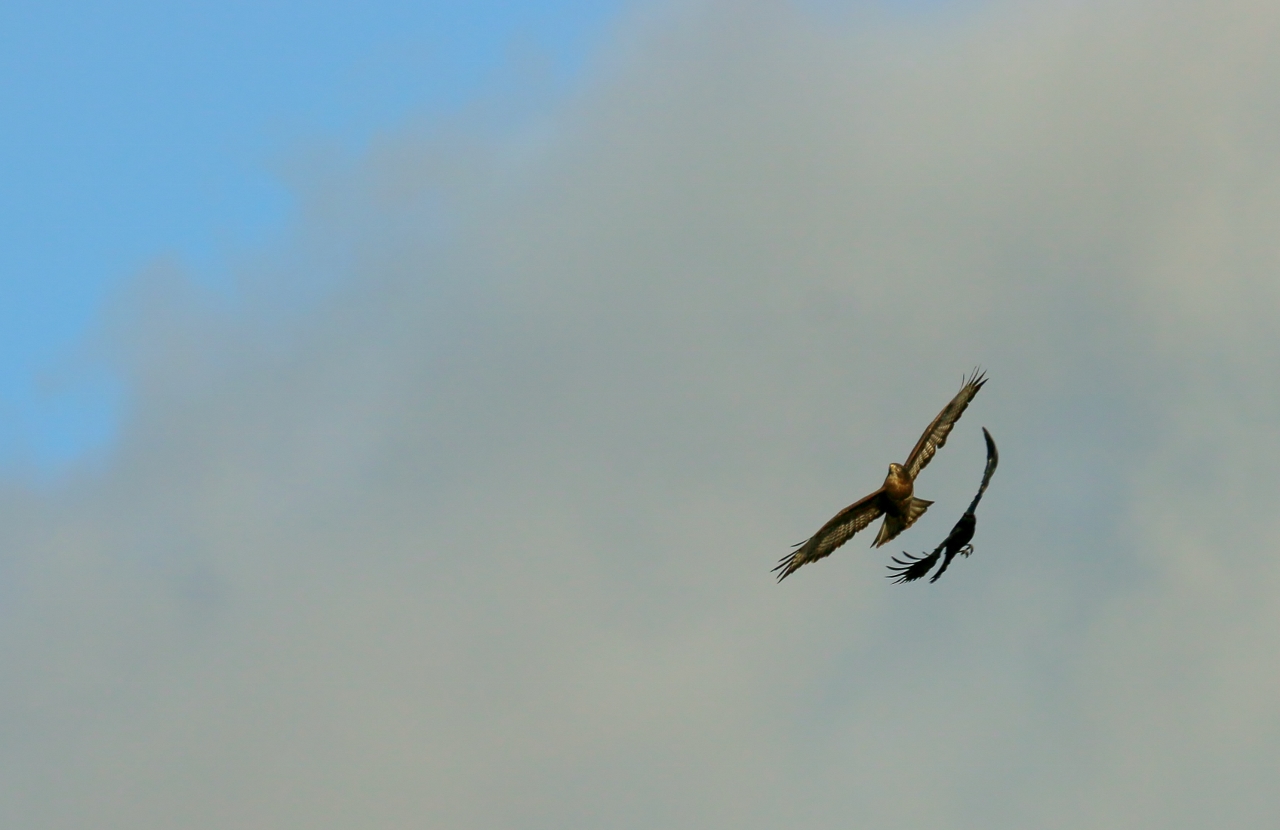
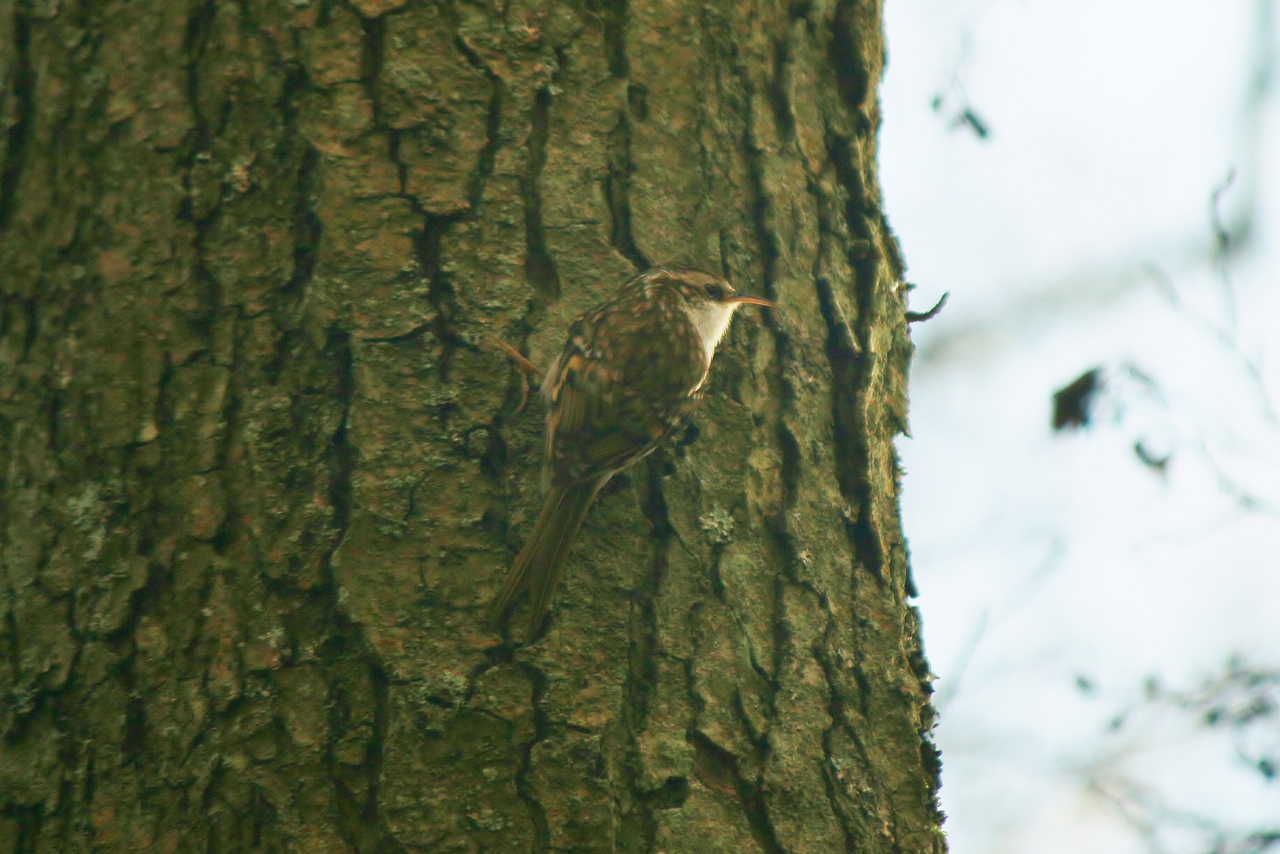
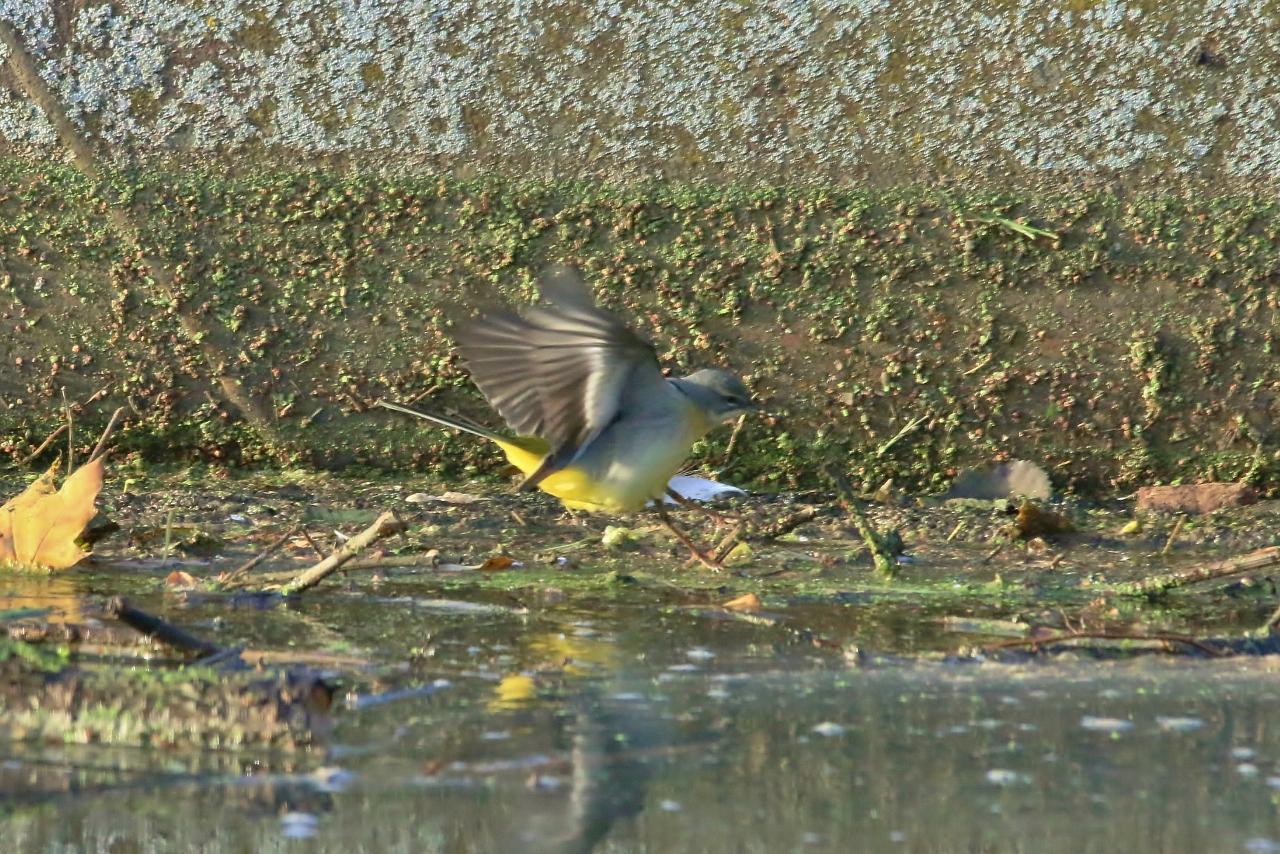
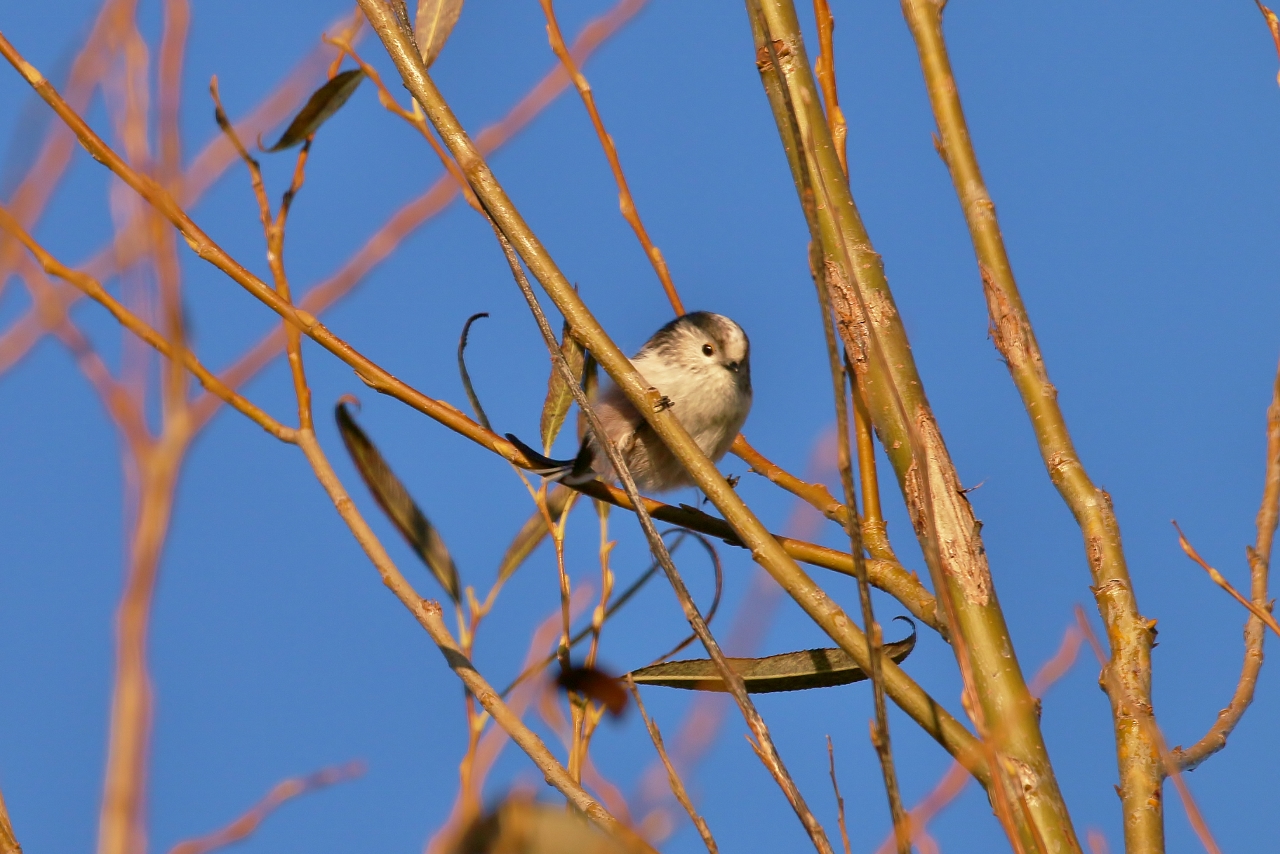
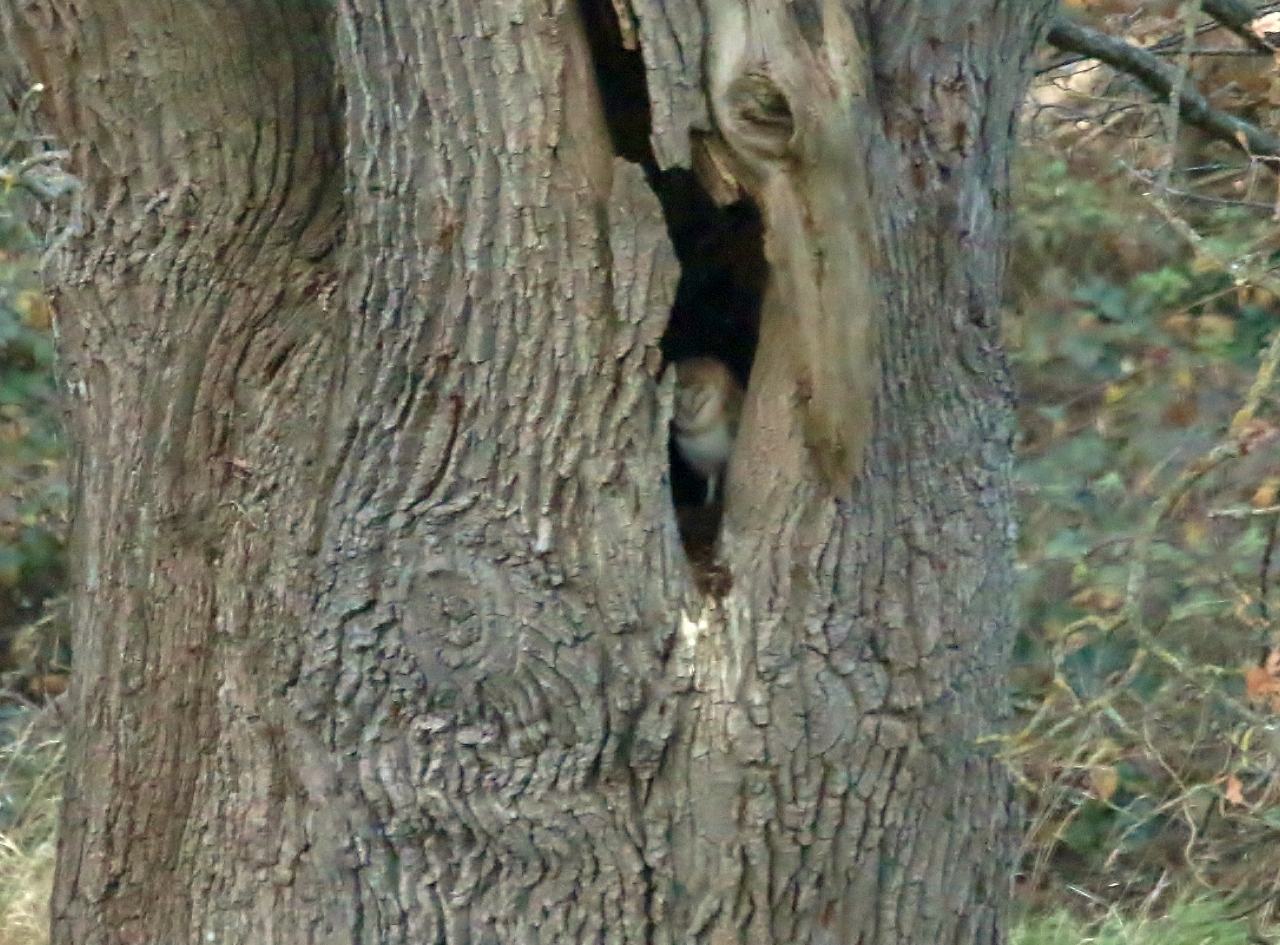
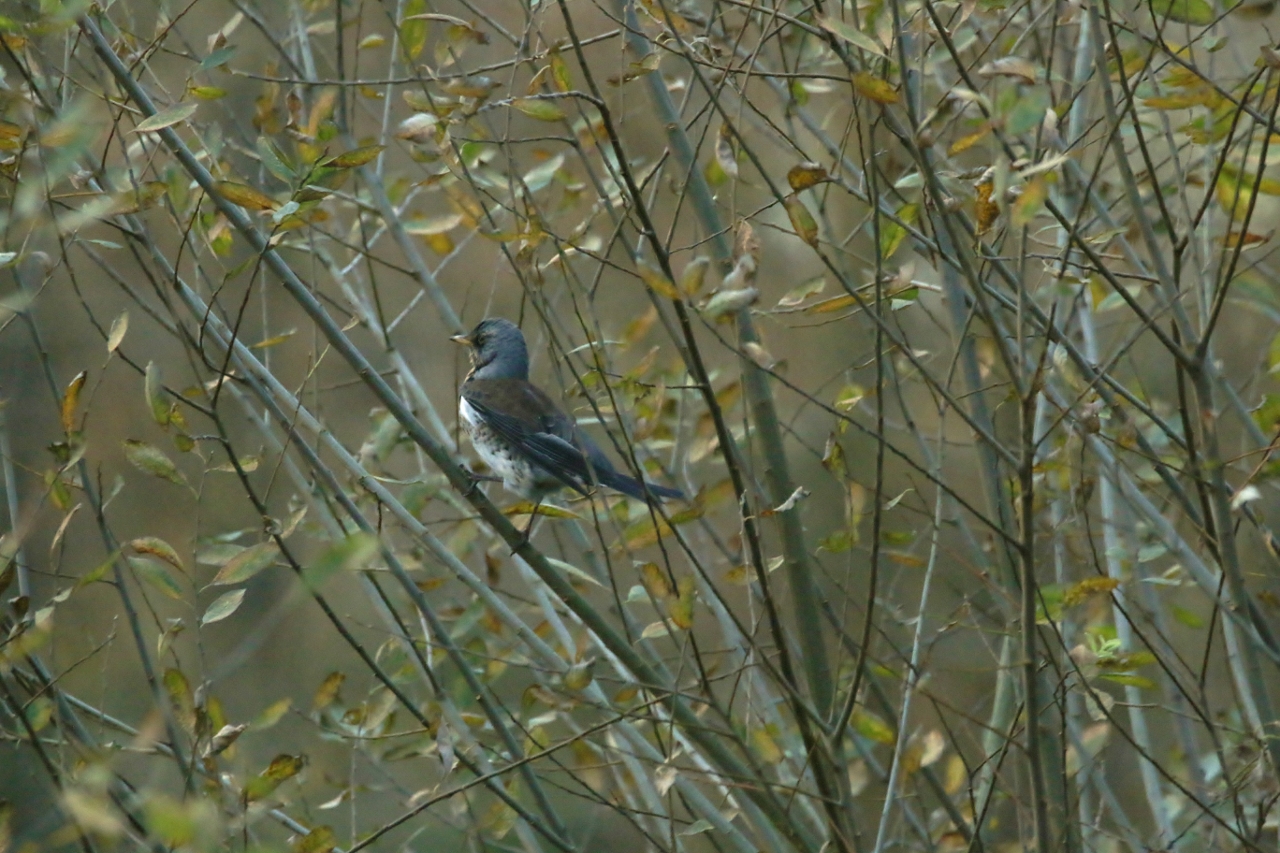
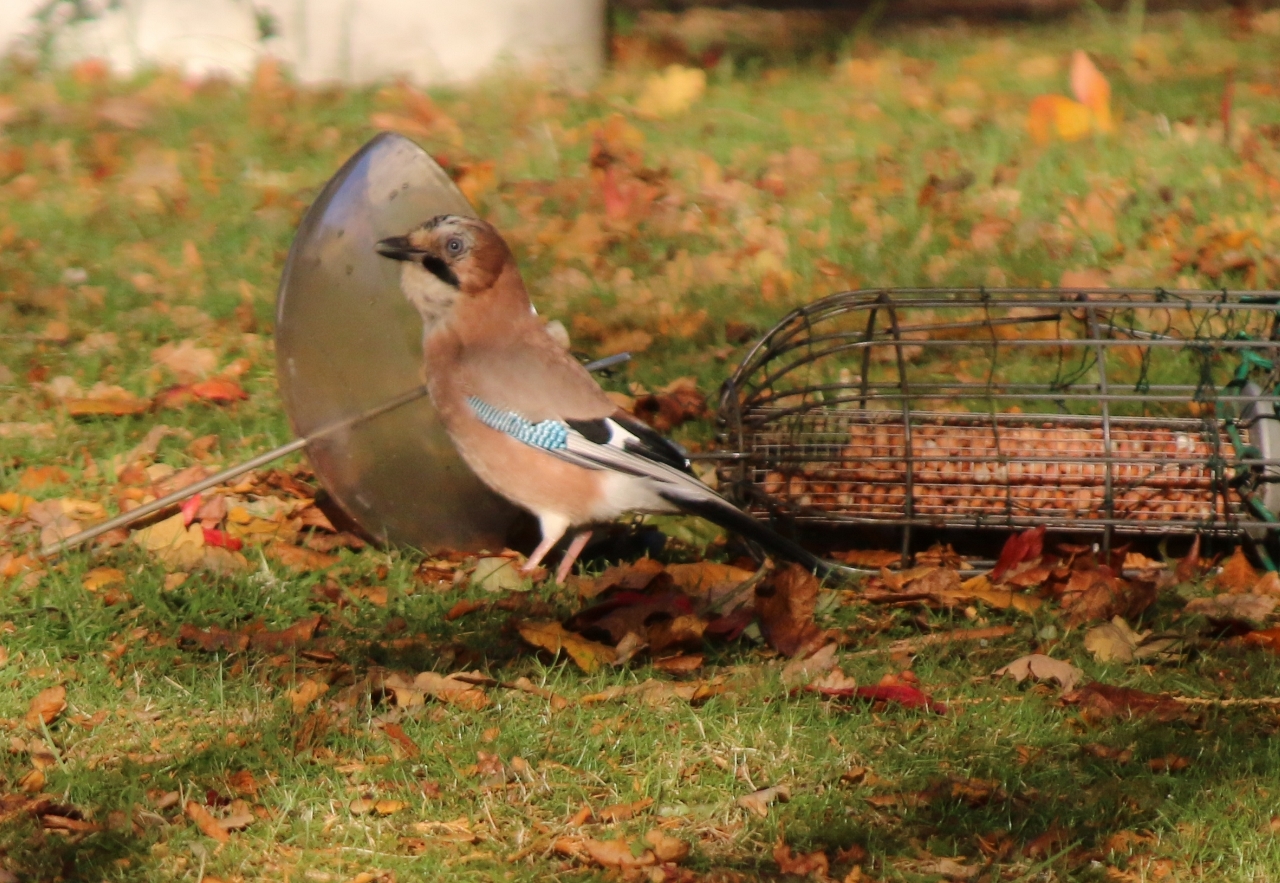
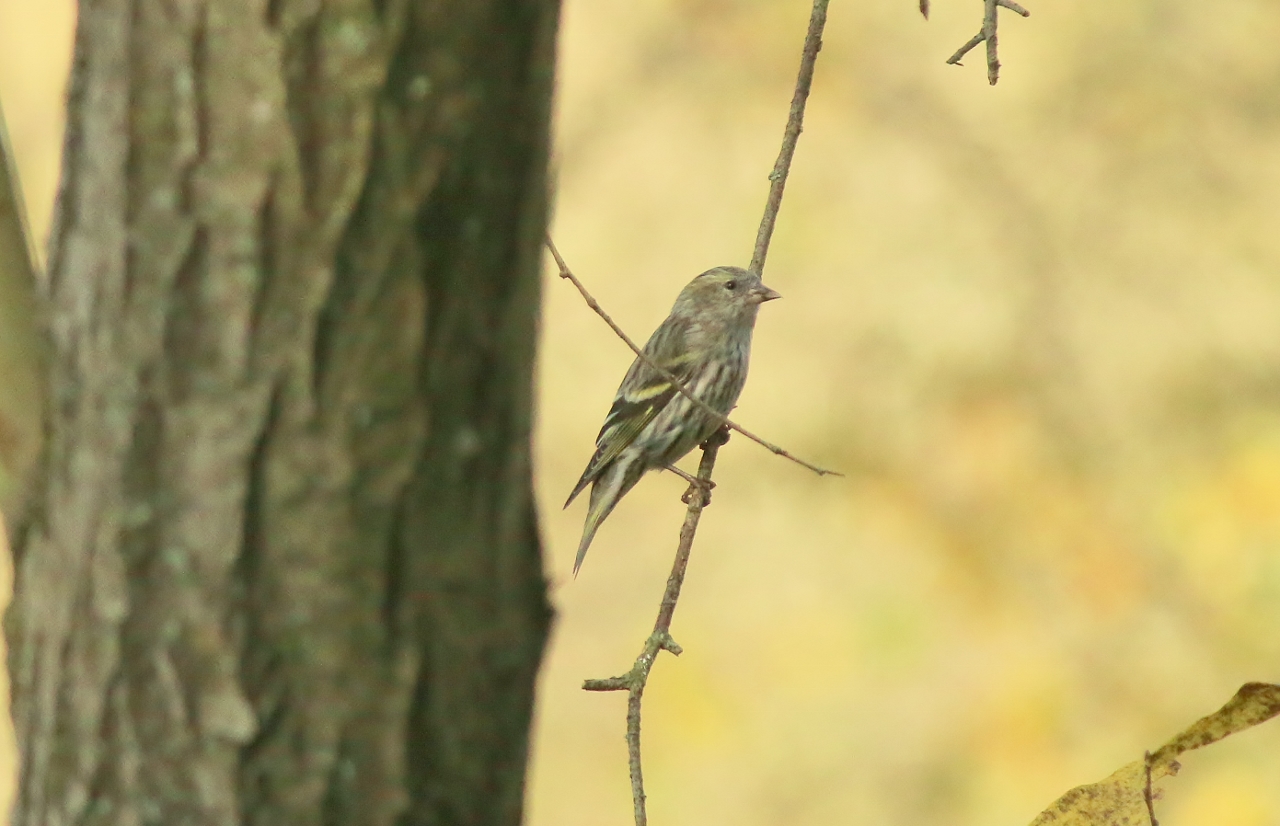
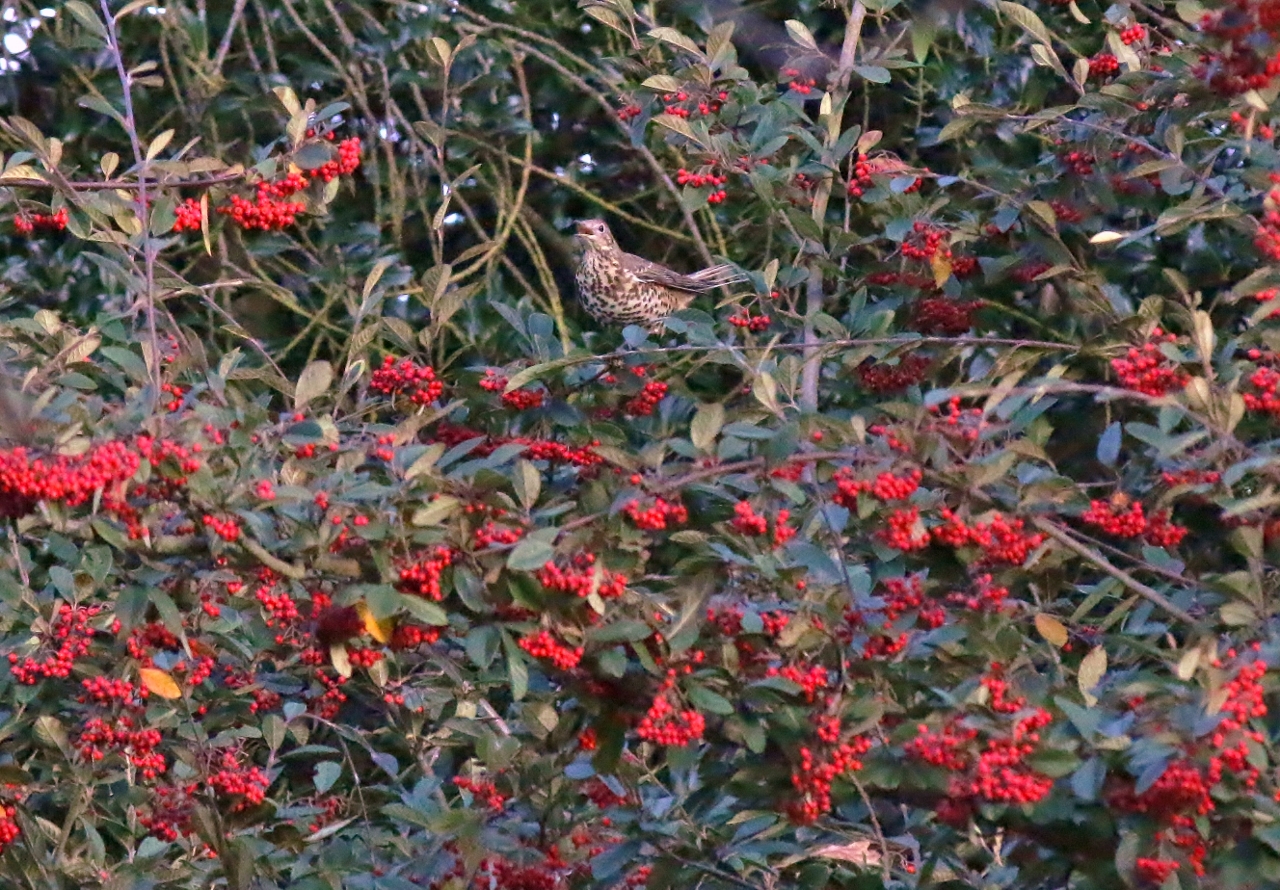
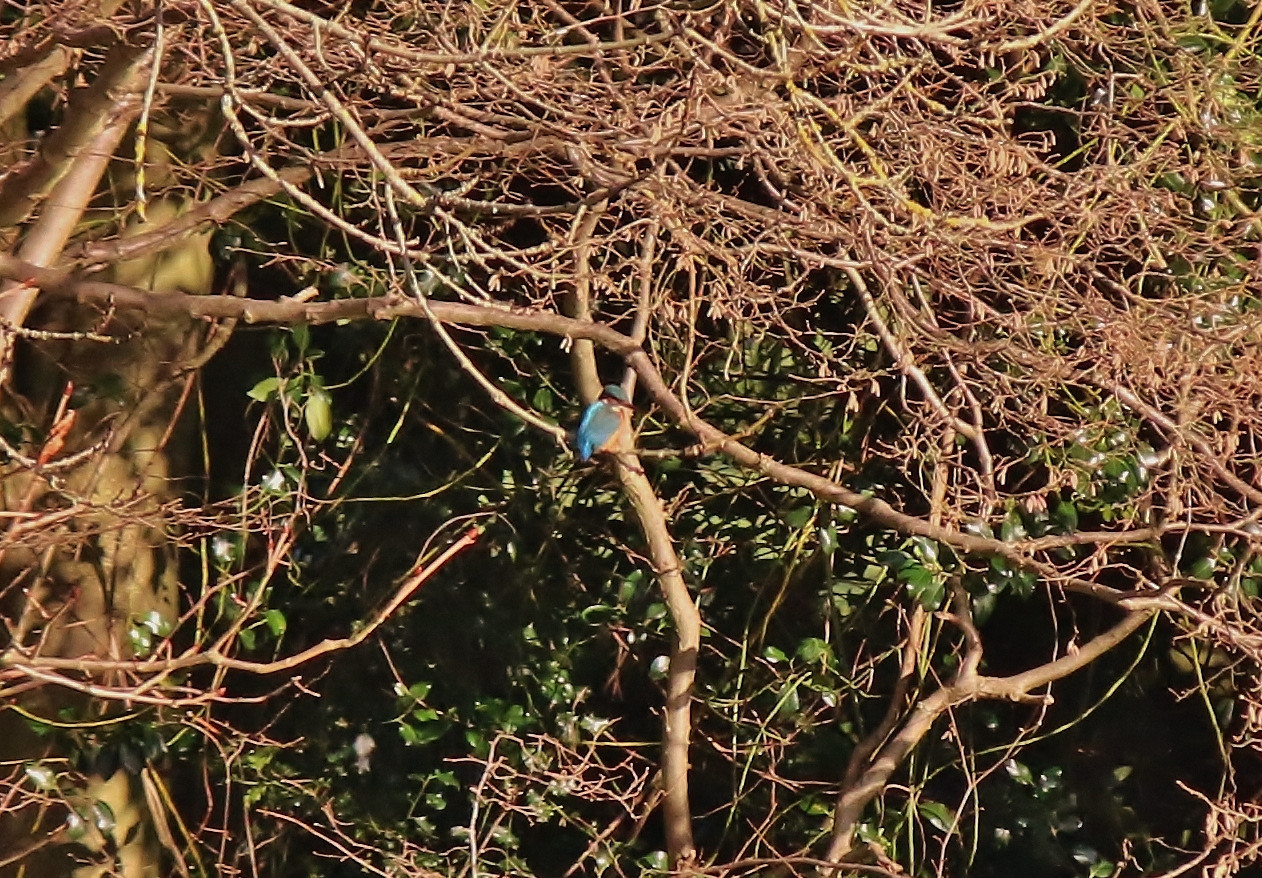
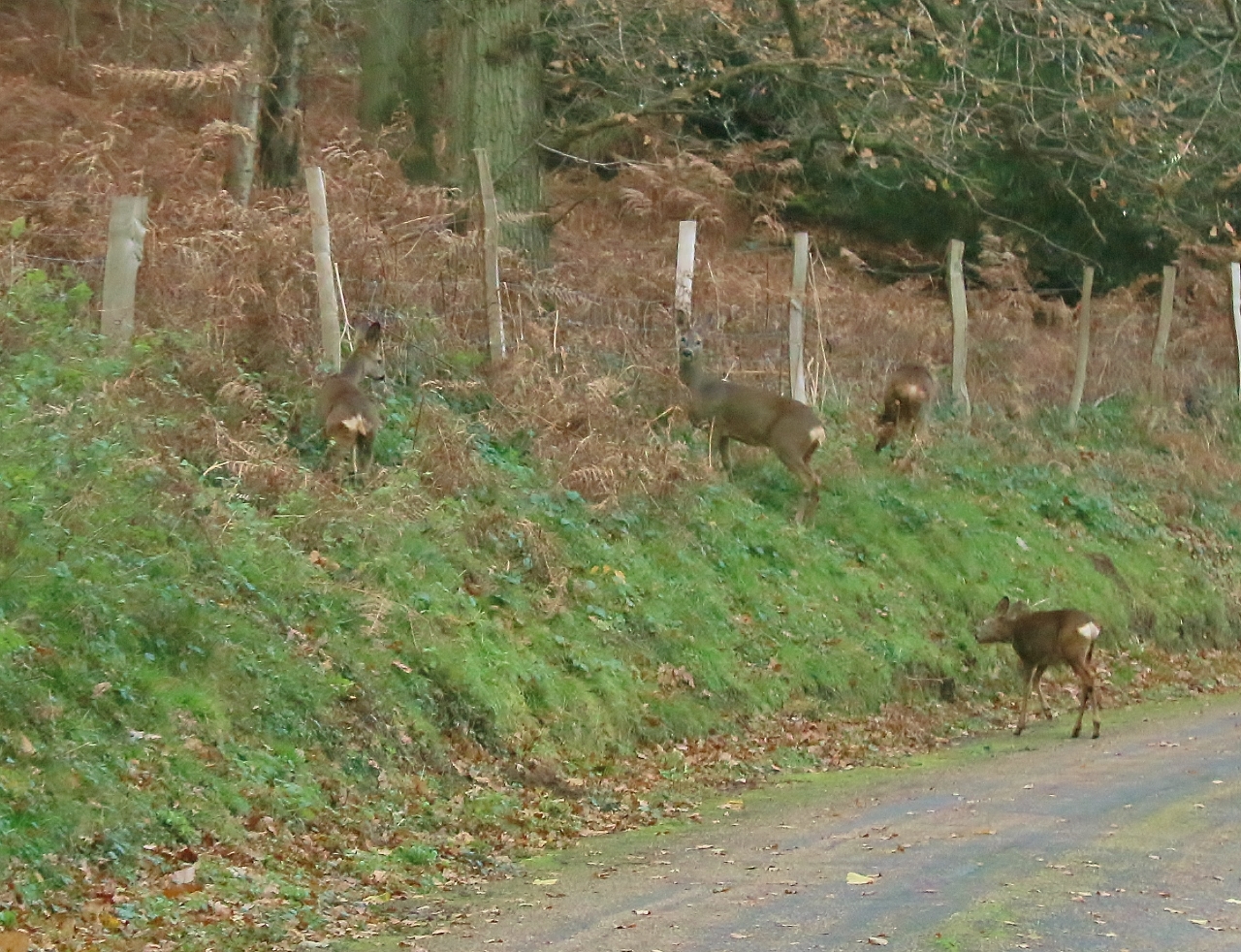

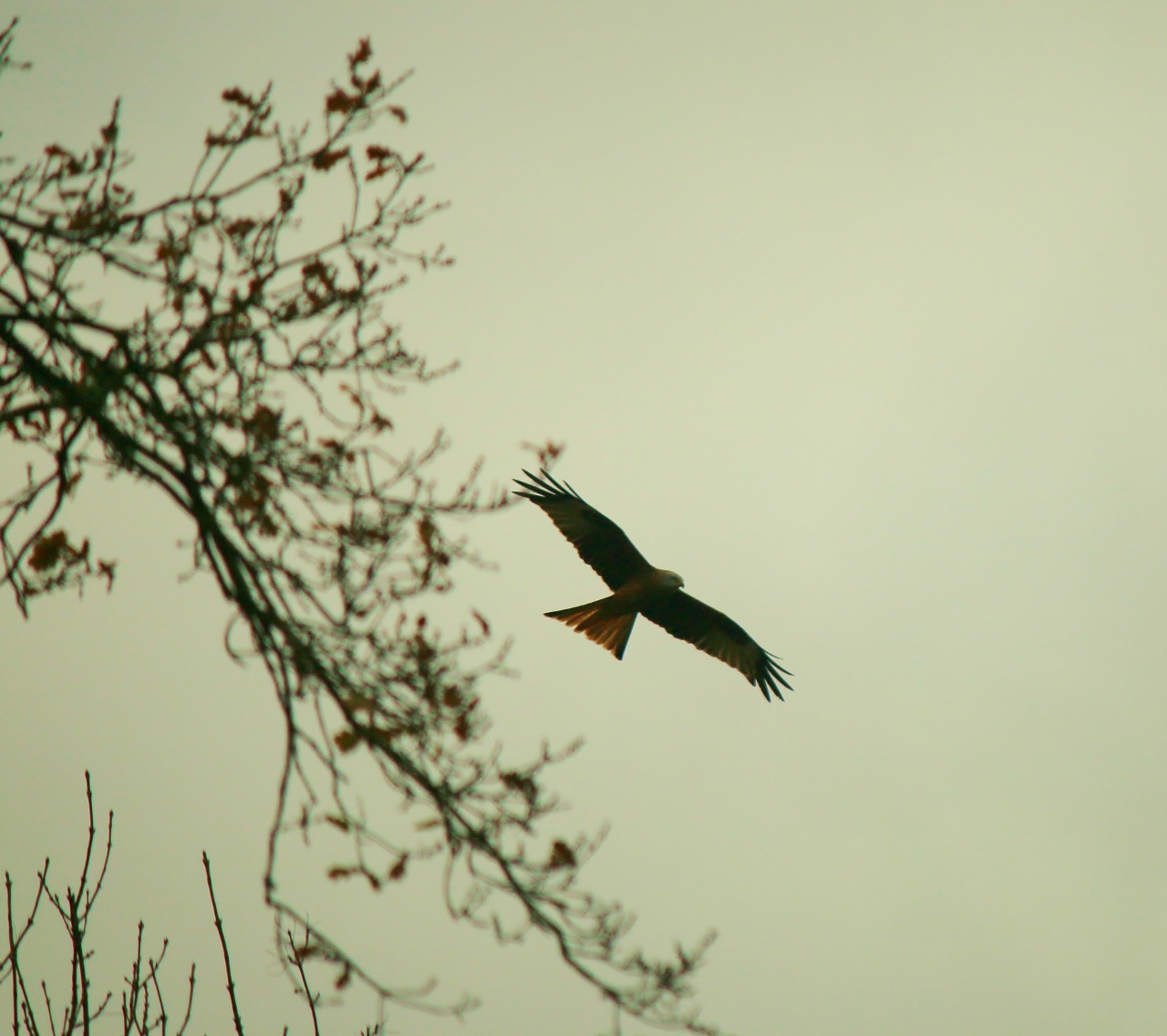
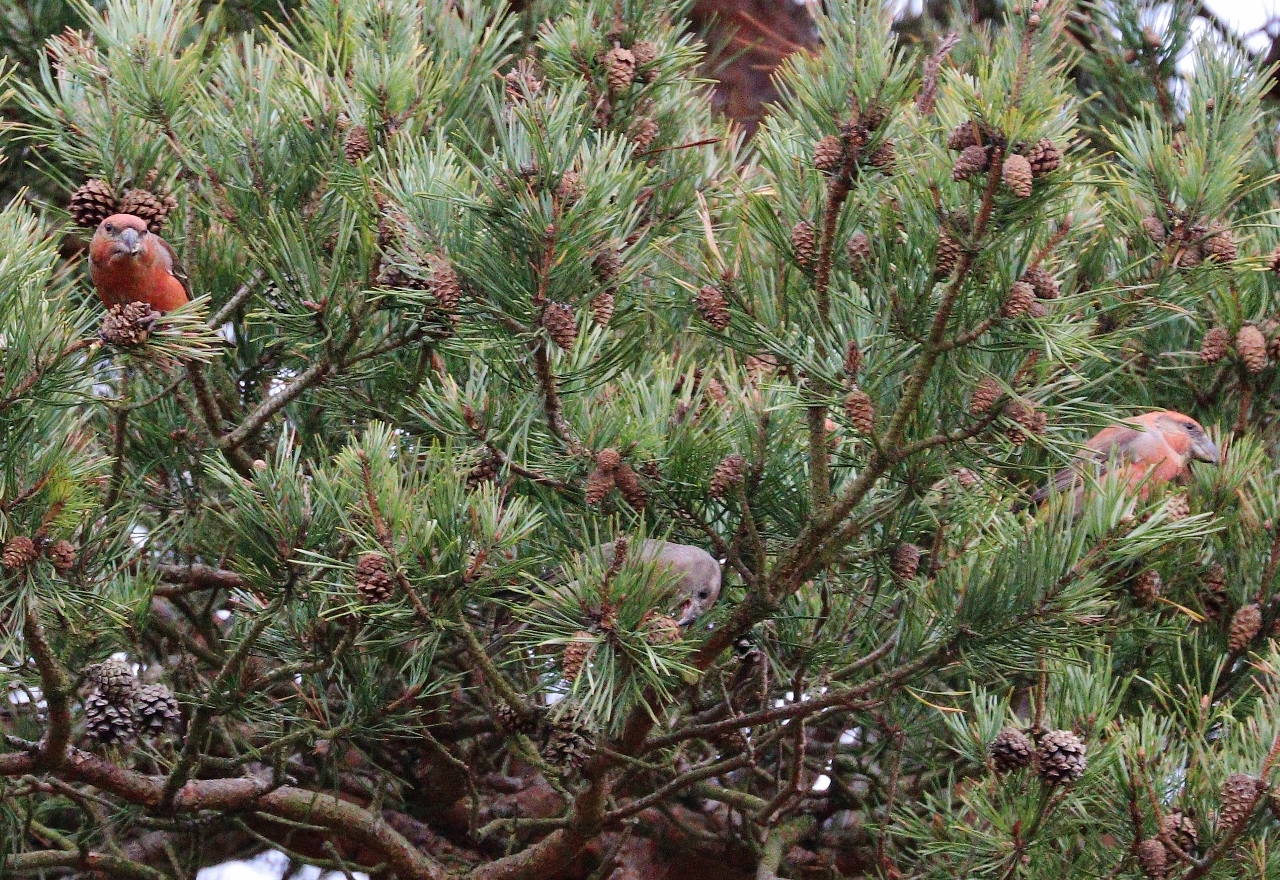




Martin Whitley
December 5, 2017 at 4:56 pm
Congratulations to Malcolm Fincham on achieving 150 great reports showing us the bird life that is here on our doorstep.
Malcolm Fincham
December 6, 2017 at 9:02 pm
I would like to thank Martin Whitley, as well as all the readers that have taken time to make earlier comments, following me along my wildlife ventures.
Such feedback certainly continues to inspire me for the foreseeable future.
Andrew Wilks
December 6, 2017 at 10:05 pm
Congratulations! Well-done to Malcolm for his 150th Diary entry. I’ve thoroughly enjoyed reading every single one. I certainly hope the Dragon are paying you well for these excellent entries.
Harry Eve
December 7, 2017 at 12:07 pm
Congratulations Malcolm. You seem to be able to charm the birds out of the trees. Looking forward to many more great photos.
Belinda Barratt
December 10, 2017 at 10:10 pm
Thank you for these fabulous photos and really interesting reports. So inspiring!
Simon Pott
December 12, 2017 at 5:36 pm
Great read Malcolm. They are certainly more exciting than your brother’s soccer stadium blogs.
Mike Beer
December 16, 2017 at 1:30 pm
Thanks for the great reports.
Richard Lambert
December 19, 2017 at 3:10 pm
Congratulations on your 150th report Malcolm. Love your pictures and reports. Keep going for another 150.